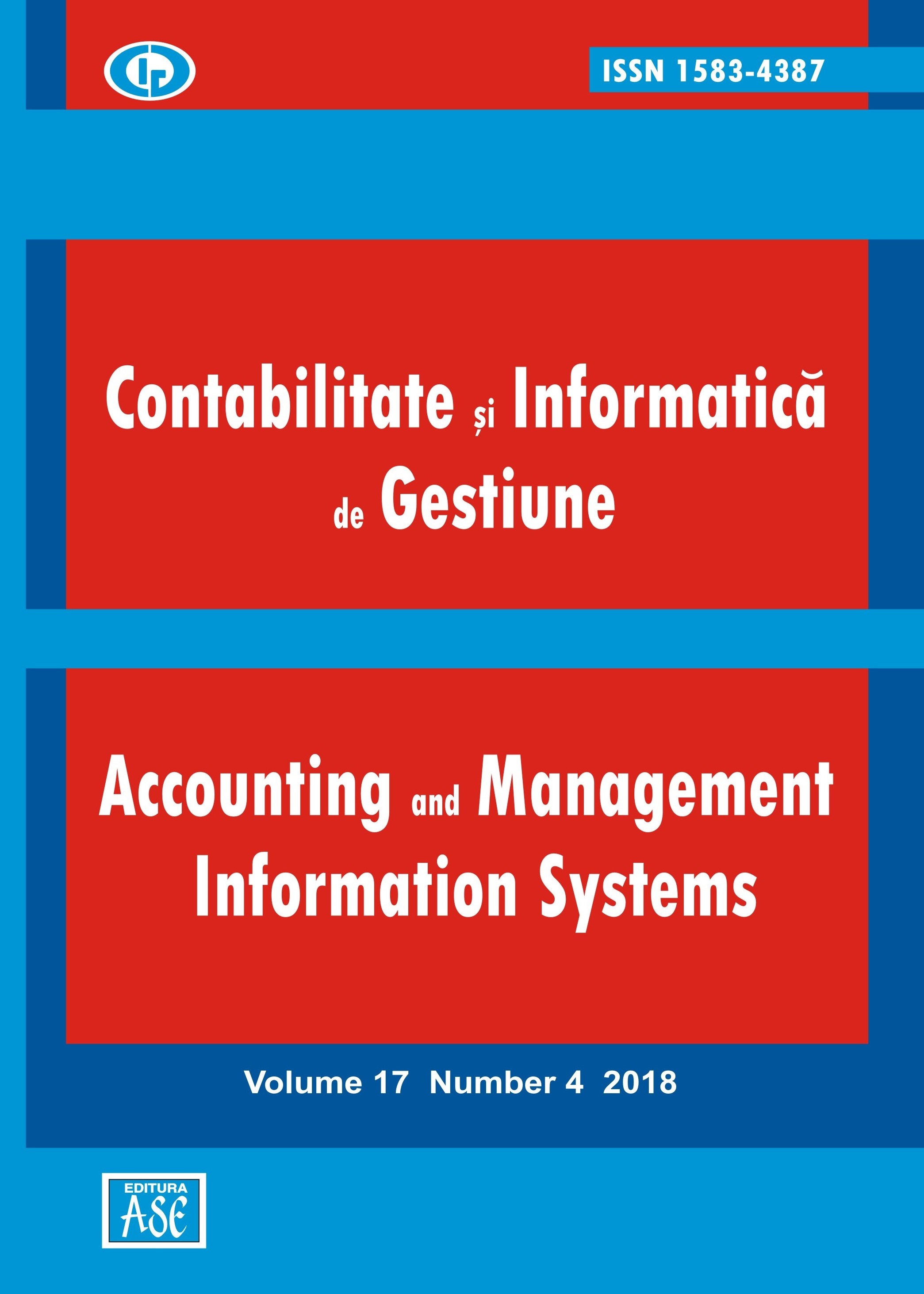How do the foreign direct investments flow? The case of the cross-border M&As
in the European Union
How do the foreign direct investments flow? The case of the cross-border M&As
in the European Union
Author(s): George Marian Aevoae, Roxana Manuela Dicu, Daniela MardirosSubject(s): Economy, Accounting - Business Administration
Published by: EDITURA ASE
Keywords: cross-border mergers and acquisitions; developed, emerging and frontier economies; foreign direct investments; Lucas’ paradox;
Summary/Abstract: Mergers and acquisitions (M&As) have been a popular strategy for firms and represent an important alternative for strategic expansion. At European Union (EU) level there are companies which choose this strategic option in order to expand their activity overboard, by merging or acquiring a company from EU or from a country outside the Union. The purpose of this paper is to present a quantitative analysis, for the 2005-2016 period of time, of the cross-border mergers and acquisitions (CBM&As) in the EU, by considering the mergers and the acquisitions of a controlling interest (100%), taking into account only the companies that developed their activity in the EU. The paper will follow two directions. On a side, we will analyze the number and the volume of the CBM&As for the EU member states, which will be categorized as developed, advanced emerging, secondary emerging and frontier economies, according to FTSE Russell criteria. On the other side, we will discuss the volume of the inward and outward foreign direct investments (FDI) related to CBM&As for these countries, to confirm that the most of these funds are flowing between developed economies. The flows are correlated to the merger waves in the Europe, according to the data provided by the Institute of Mergers, Acquisitions and Alliances (IMAA) in 2018.
Journal: Journal of Accounting and Management Information Systems
- Issue Year: 17/2018
- Issue No: 4
- Page Range: 641-662
- Page Count: 22
- Language: English

